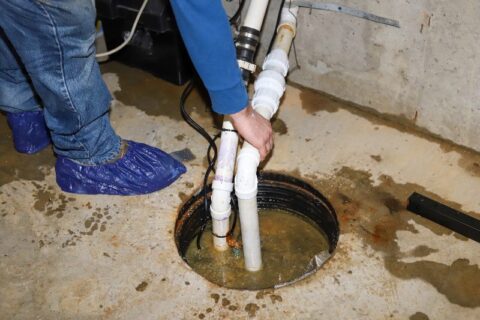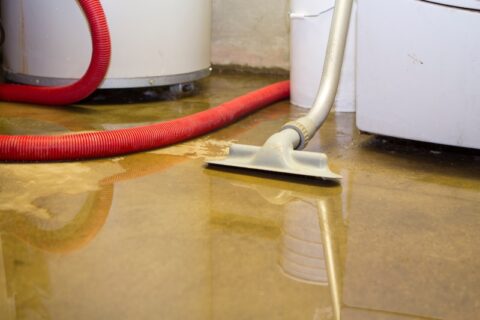How to Fix a Slow Drain
A slow drain is just a minor inconvenience at first, but it can become a full-blown plumbing emergency if left unchecked. A slow drain could mean harmful bacteria and gunk have accumulated in your plumbing lines. So, knowing how to unclog a drain is a necessary skill everyone should have.
Fast and Easy Ways to Tackle a Clogged Drain
Here are the top methods to try, depending on whether you have a clogged sink or a slow shower drain:
- Flush with hot water: Pouring a pot of hot (not boiling) water down the drain is sometimes all you need, especially for kitchen sink clogs resulting from accumulated oil and grease. To give the hot water an extra kick, squirt dish soap into the drain first to make things slippery for any stubborn gunk.
- Tackle hair with specialized tools: If you’re dealing with a slow shower drain, chances are hair is to blame. You can use a Zip-It tool, found at most home improvement stores, to pull up hair and gunk obstructing the flow. To fashion your makeshift tool, straighten a metal coat hanger, create a small hook at the end, and insert it into the drain.
- Reach for your trusty plunger: Who said plungers are just for toilets? Use a classic cup plunger to dislodge clogs in sinks and bathtubs. Just fill the sink or tub with an inch of water, seal the plunger over the drain, and plunge away for about 30 seconds.
- Use baking soda and vinegar: Say no to harsh chemicals and yes to a mixture of baking soda and vinegar. Pour one-half cup of baking soda down the clogged drain, followed by an equal amount of vinegar. Let the fizzing action work for about five minutes, then flush with hot water.
- Remove and clean the P-trap: Many sink clogs occur in the P-trap, the bent section of pipe located directly under the sink. To tackle this, you’ll need to loosen the slip nuts on both sides of the P-trap. Have a bucket ready to catch any water spillage. Once you’ve disassembled it, clean out the gunk and rinse the pipe. Reattach the P-trap, tighten the slip nuts, and run water to check for leaks.
Know When to Call a Professional Plumber
Sometimes, you’ve got to go beyond the basics. If the blockage is deep in your sewer line, it may require a main drain cleanout—a job best left to the professionals. So if you’ve tried everything on this list, yet the clog remains, it’s better to get a professional’s help before the situation worsens.
At Parley’s PPM Plumbing, Heating & Cooling, we get it right the first time, saving you time and hassle. With a tradition of unparalleled customer service dating back over 40 years, we’re dedicated to your happiness above all else. You can reach us at 801-226-3033 if you live in Utah County, or call 801-229-2665 if you’re a Salt Lake County resident. You can also fill out our online contact form, and we’ll get back to you shortly.


